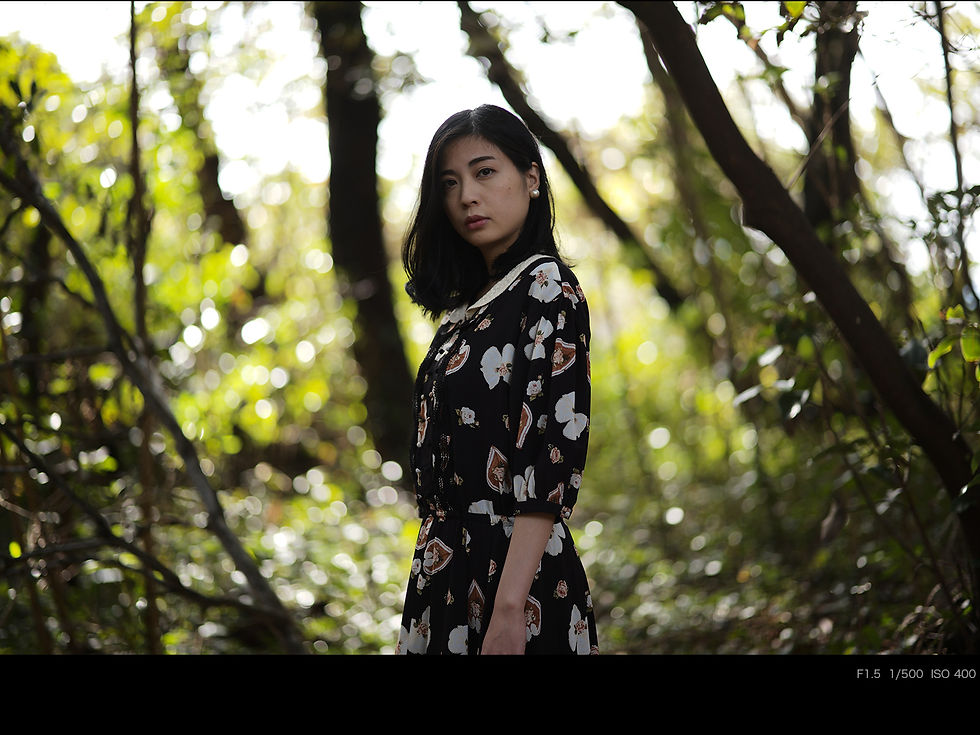How to control Depth of Field using a Manual Focus Lens?
- MysticFocus

- Jul 20, 2019
- 2 min read
Updated: Jan 27, 2023
How to control the depth of field in a manual focus or a rangefinder lens? This is a simple explanation for beginners.
With the Aperture setting on your lens! Controlling depth of field in a Manual lens is far more easier as compared to an auto focus lens and its really fun.

Now try this interesting trick yourself to learn.
Set your camera to its widest aperture first ( its lowest F stop number). Say for example, if your lens is a Fixed Prime 40mm f2 to f22, then its widest aperture is at f2. Now, bring an object into focus. You will notice that the background and surroundings of that object is blurred (the bokeh effect). Now, without changing the focus on that object, start going up on the F stop number. From F2 to say 2.8, 4, 5.6., 8.. upto its maximum F stop number i.e. f22 of your lens. You will notice that as & when you started increasing its F stop number, the area surrounding that object also gradually starts coming in focus. Meaning, in focus area in your frame starts increasing beyond the original subject in focus as F stop number increases.
Key takeaways -
1. if you want everything in your frame to be in focus, you have to increase the F stop value (reduce the aperture) of your lens
2. if you want to focus only on a particular object and want everything around it to be blurred, then the shot must always be taken on one of the widest aperture of the lens used
3. anything below f2.8 (f2, f1.8, f1.4, f1.2, f1.1 & f0.95) is considered as wide open in a fast lens paradigm and will give you the best depth of field (bokeh) for your shot. However, if the object that you are focusing on is too far away, then the bokeh effect will not be so prominent either


